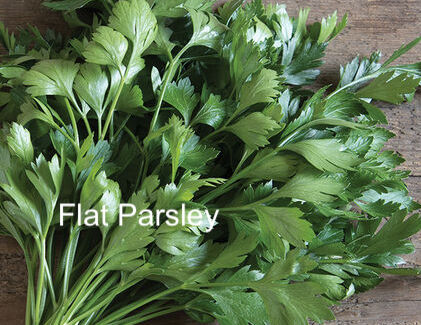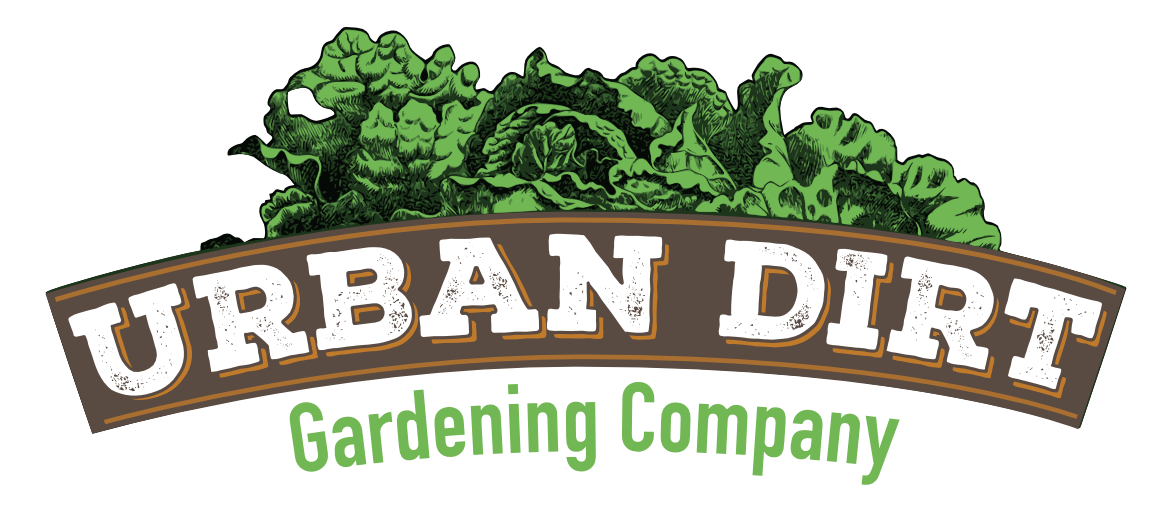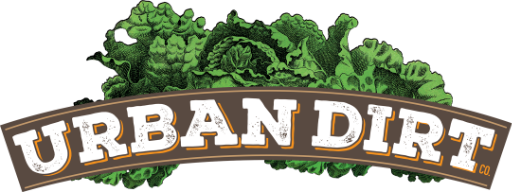
Italian Parsley
More common in Western meals is the flat leaf parsley which is use fresh rather than dry.
Health value of parsley:
Parsley is a low-calorie, nutrient-dense herb. It’s particularly rich in vitamins K, A, and C.
It has been promoted as a powerful natural diuretic and can help reduce bloating and blood pressure. Adding to smoothy drink might be more useful than eating on a plate.
Problems for Parsley: Most disease or fungus that affects parsley is due to soggy soil. Growing in a sunny location with a drip line is the best practice for most herbs as they do not require a lot of water at any one time.
BUTTERFLY FOOD:
Although NOT considered a pest the Eastern black Swallowtail worm stage is a prolific consumer of parsley plants. It can eat a small plant in a day or two. In N.Texas we are in the migration path of this butterfly, so it is customary to plant for your harvest as well as for the Swallowtail butterfly if possible. They eat fennel, dill and carrot tops as well.
LIGHT PREFERENCE: 6 to 8 hours of Sun.
SOIL REQUIREMENTS: Grows well in moist, fertile soil. If planted in a well-drained location, it can normally be wintered over to produce a crop early the following spring. Mulch where temperatures go below 0°F (-18°C). Water during dry spells and side-dress with compost or a balanced fertilizer once or twice during the growing period, if necessary.
Biennial Herb, which mean this plant will crow back a second year like a perennial, however it generally dies off after the second year. Some plants will grow a 3rd year but the flavor will diminish.
PLANT SPACING: 8-12″. Most home gardens will only need one or two parsley plants as they are used as flavoring in meals and not as whole plants.
HARVEST: Clip leaves when needed.

